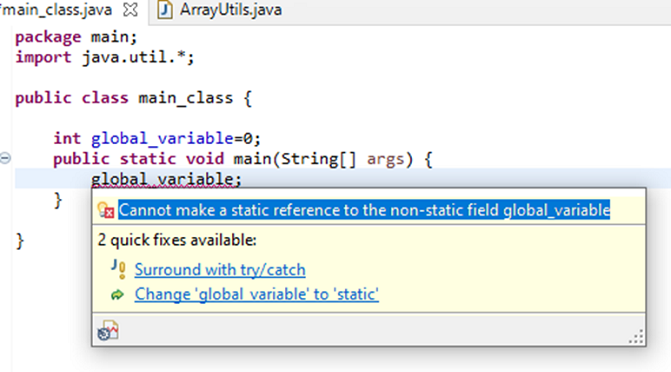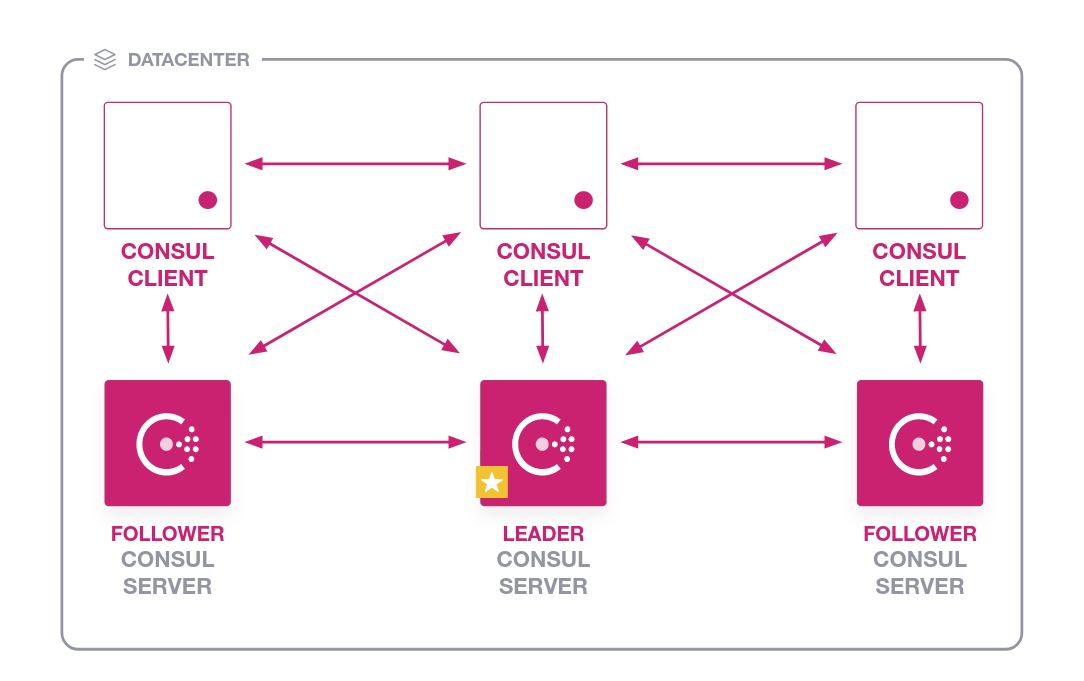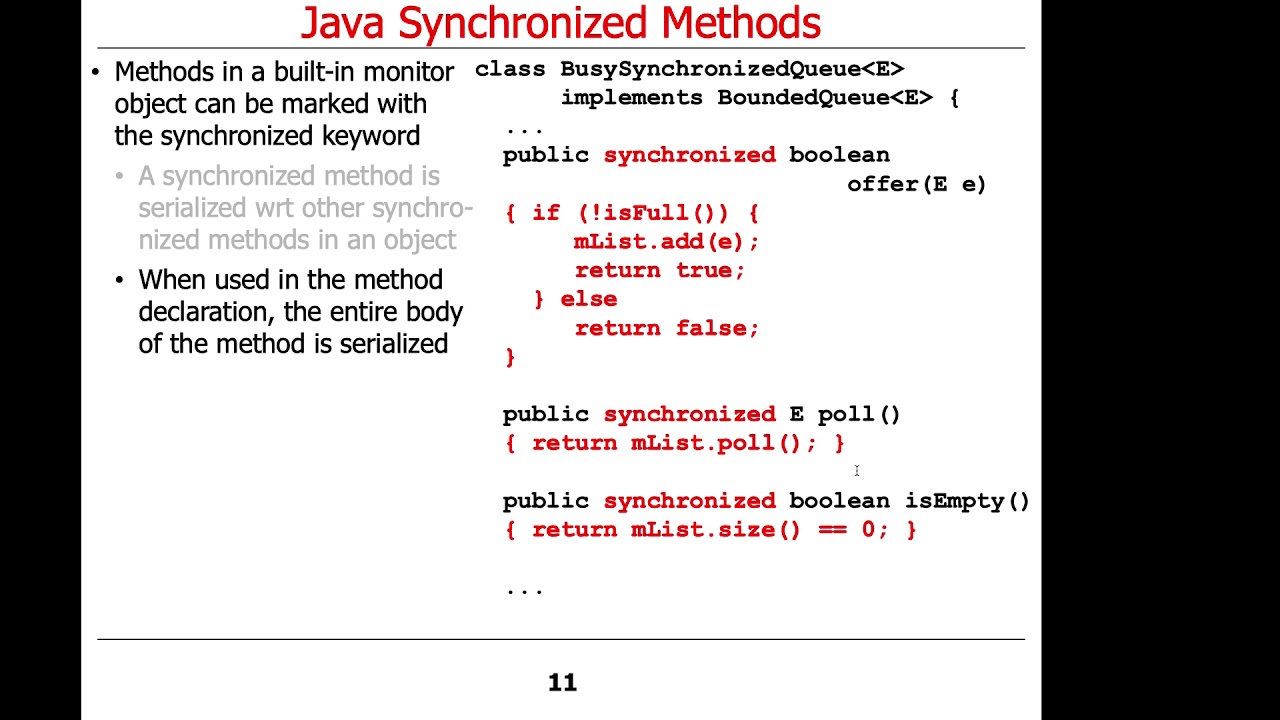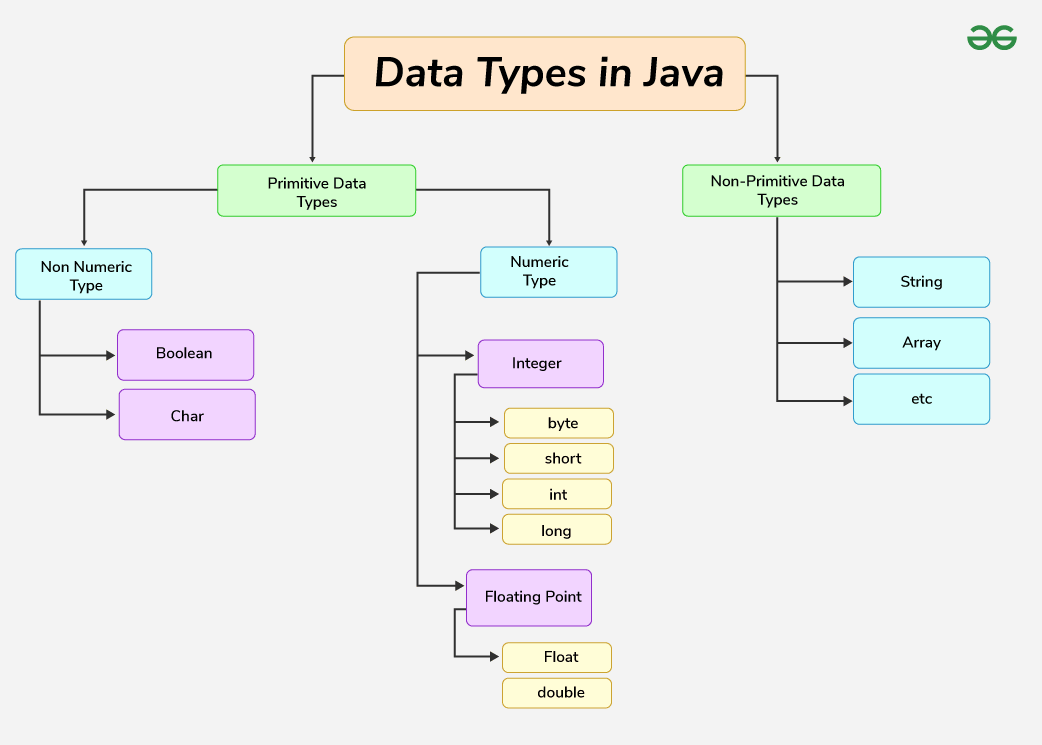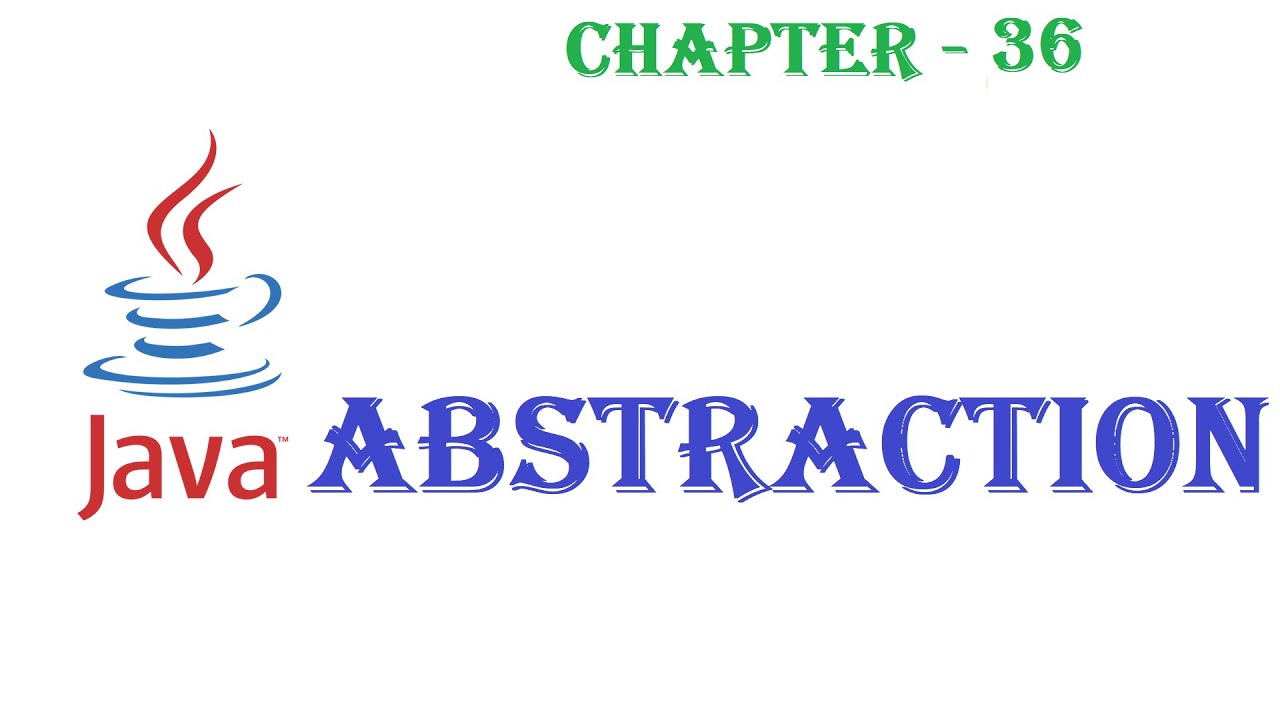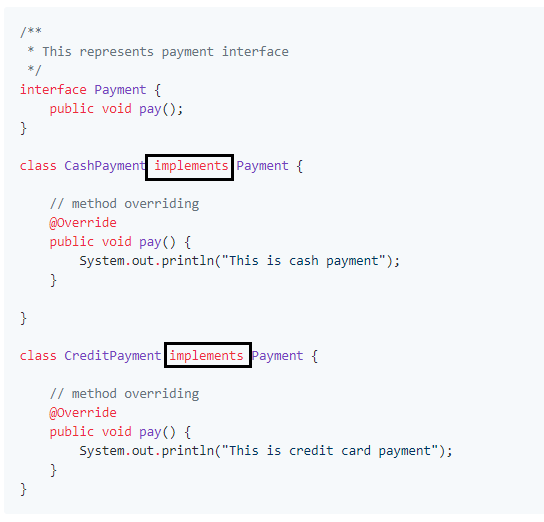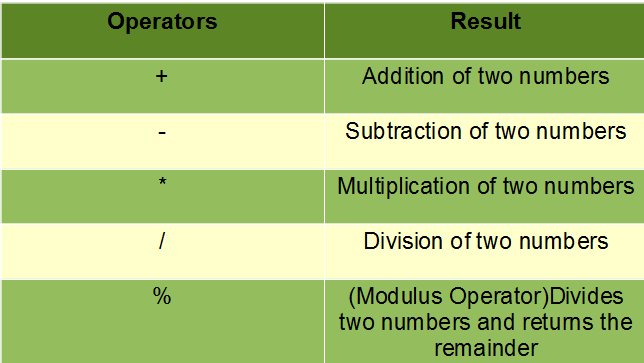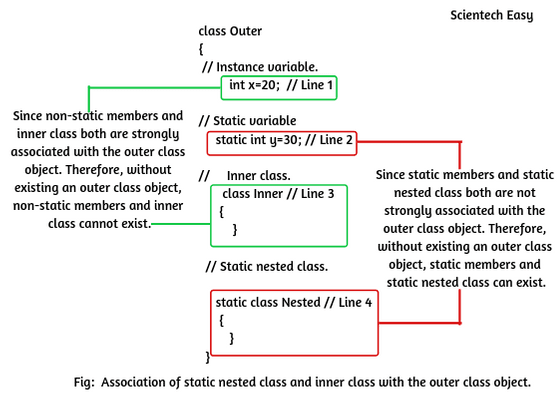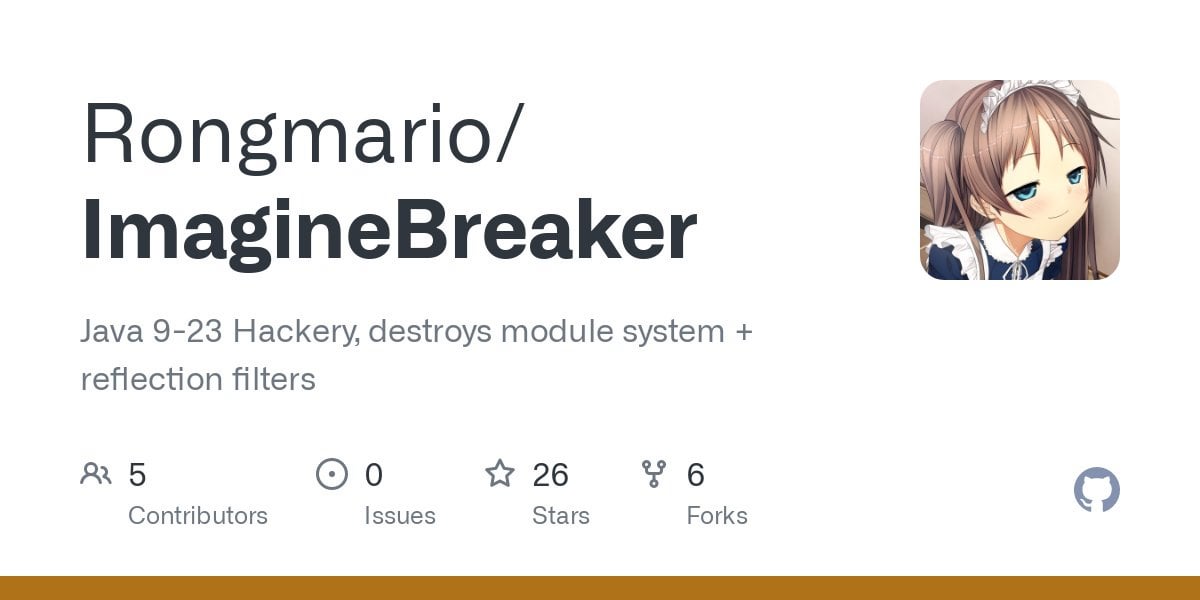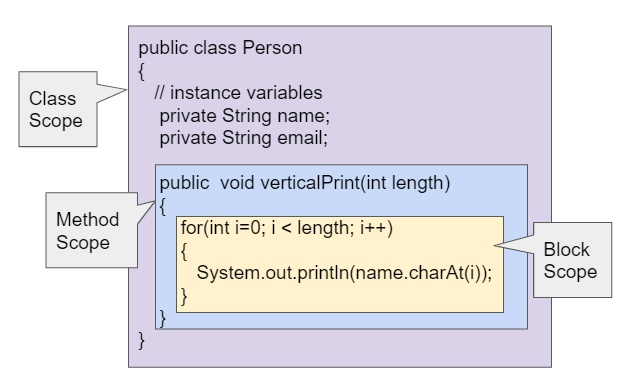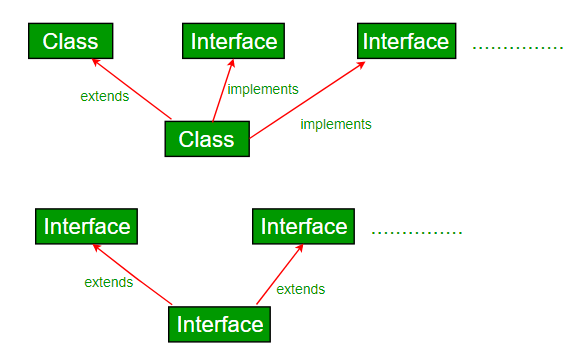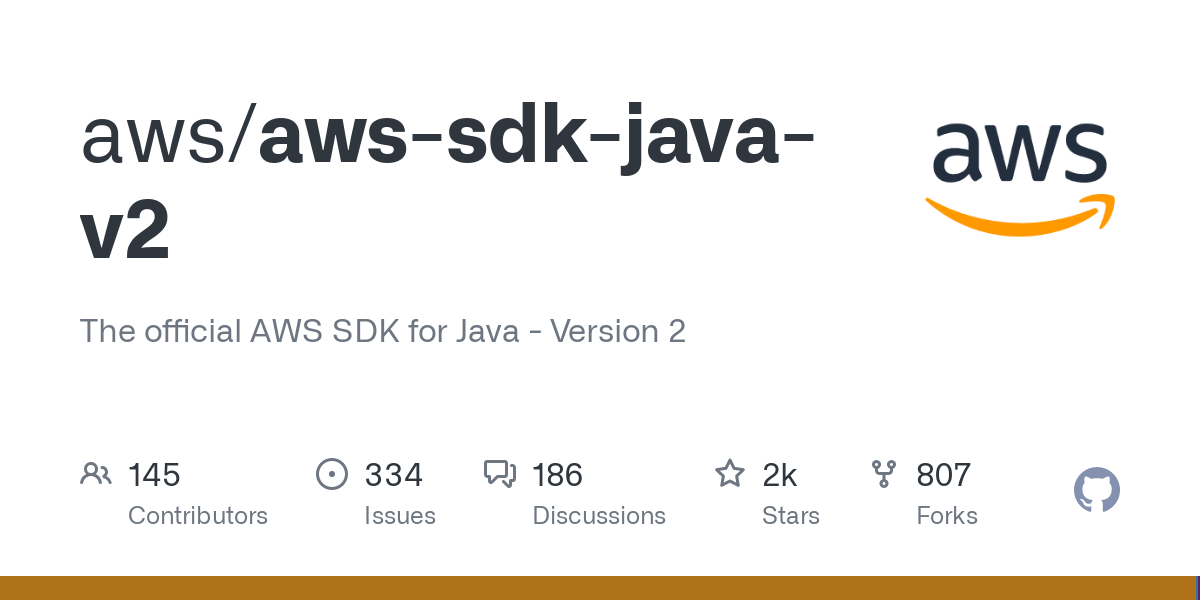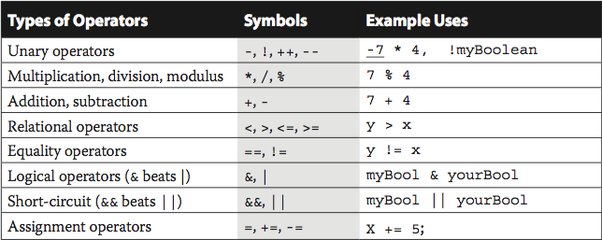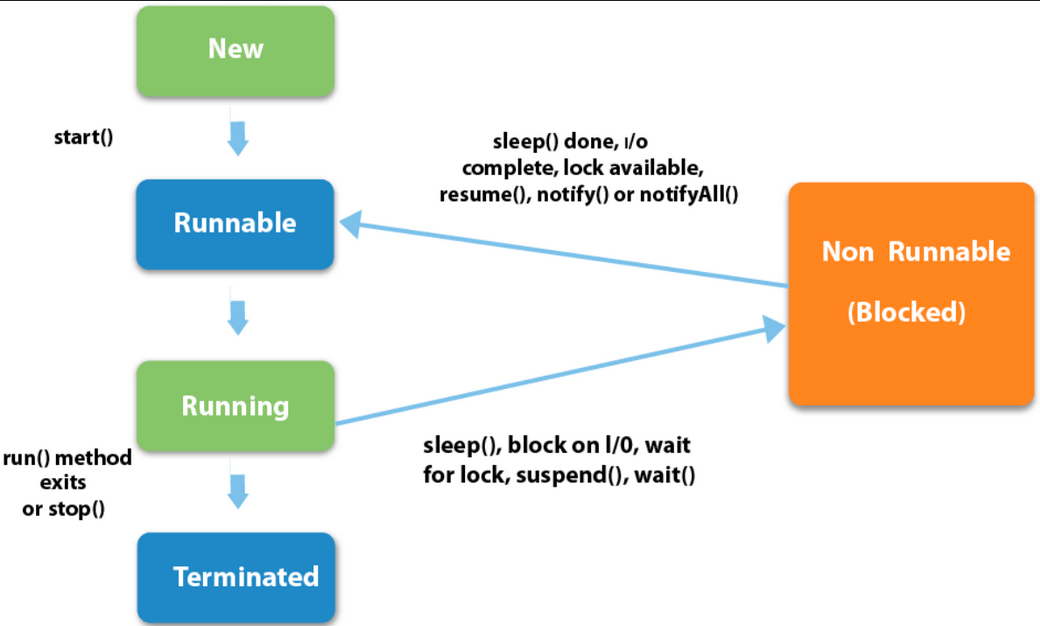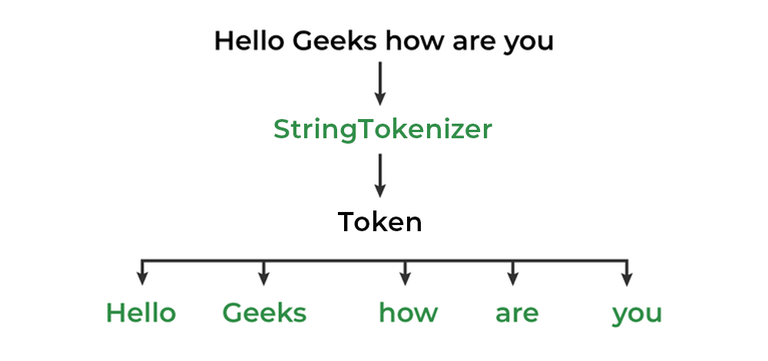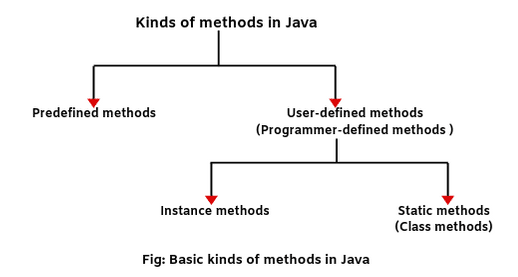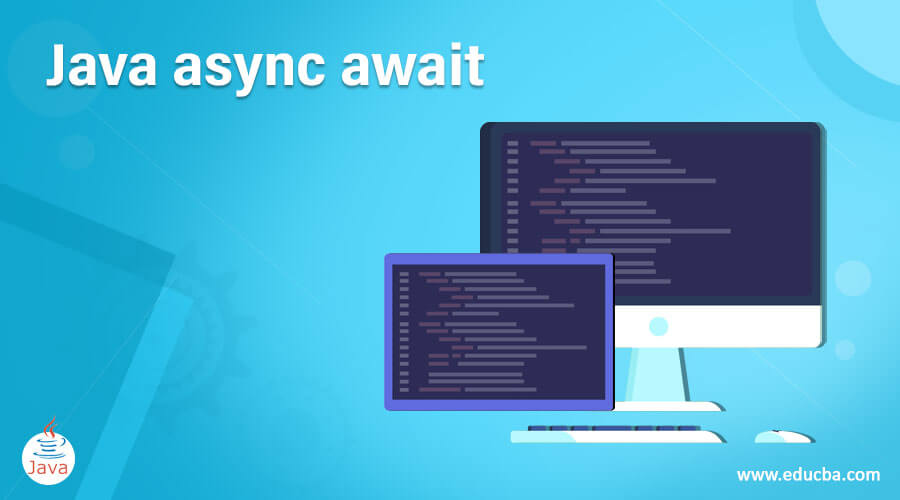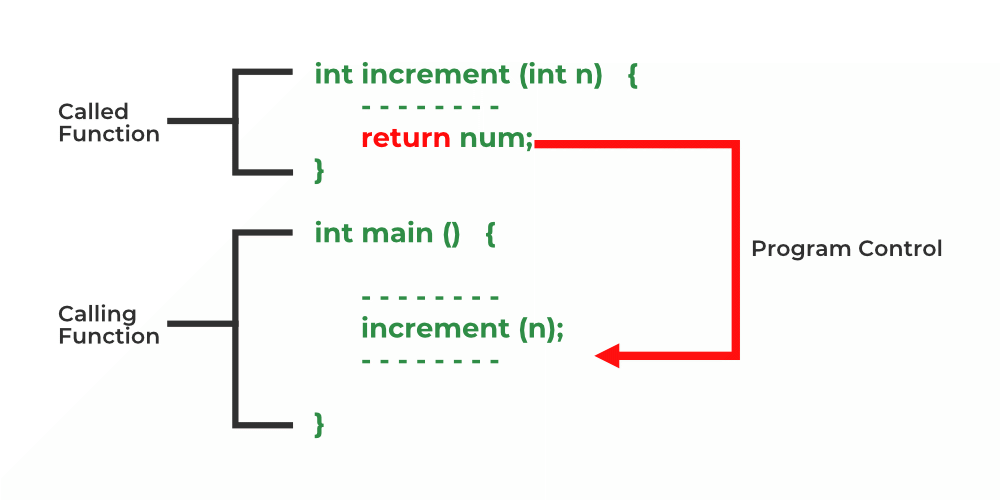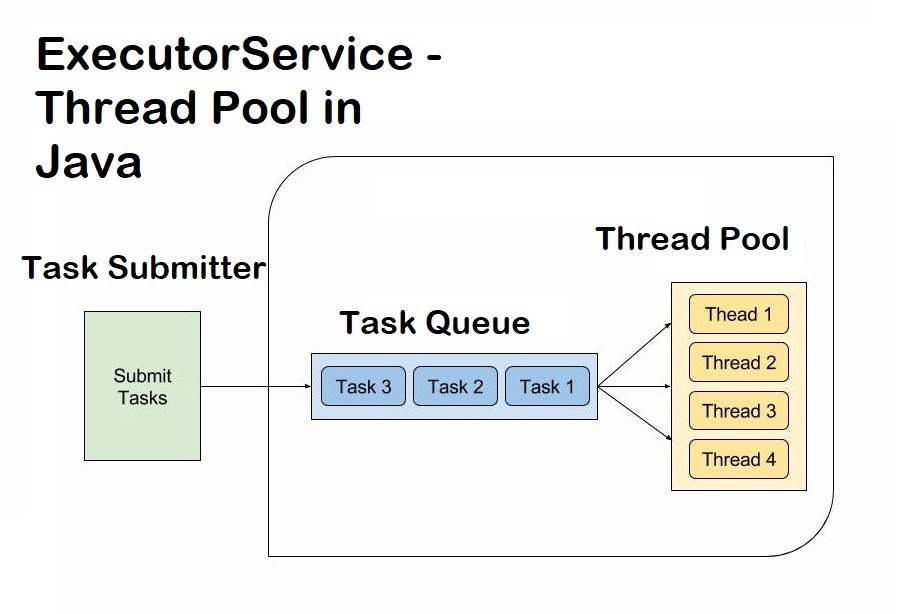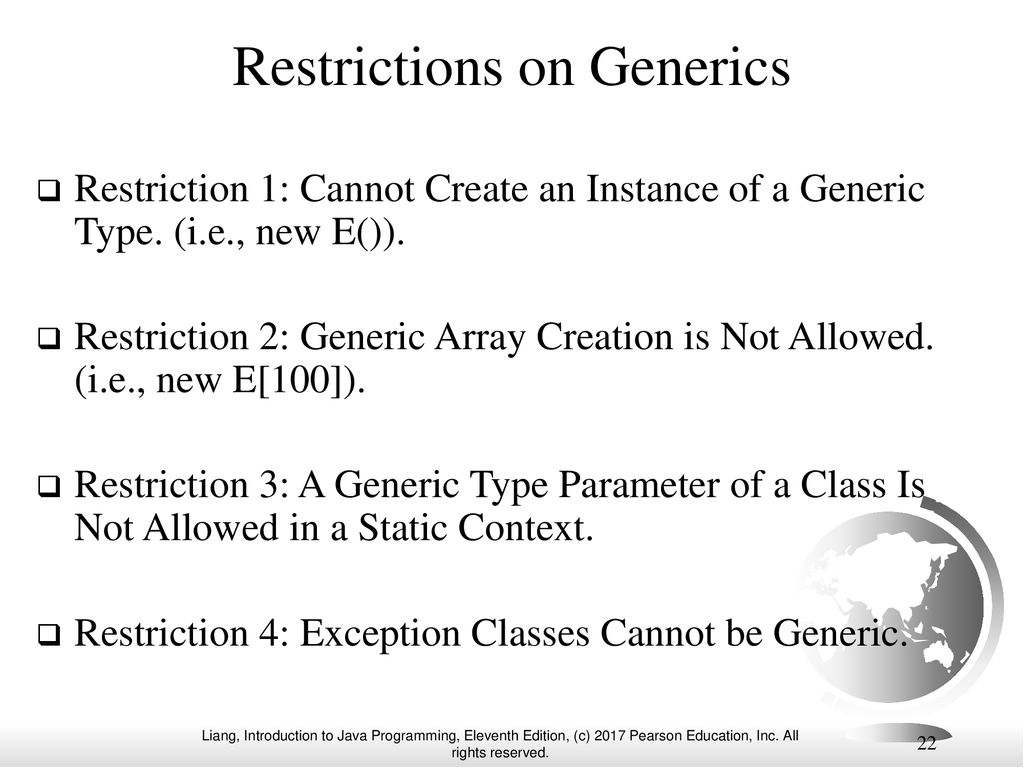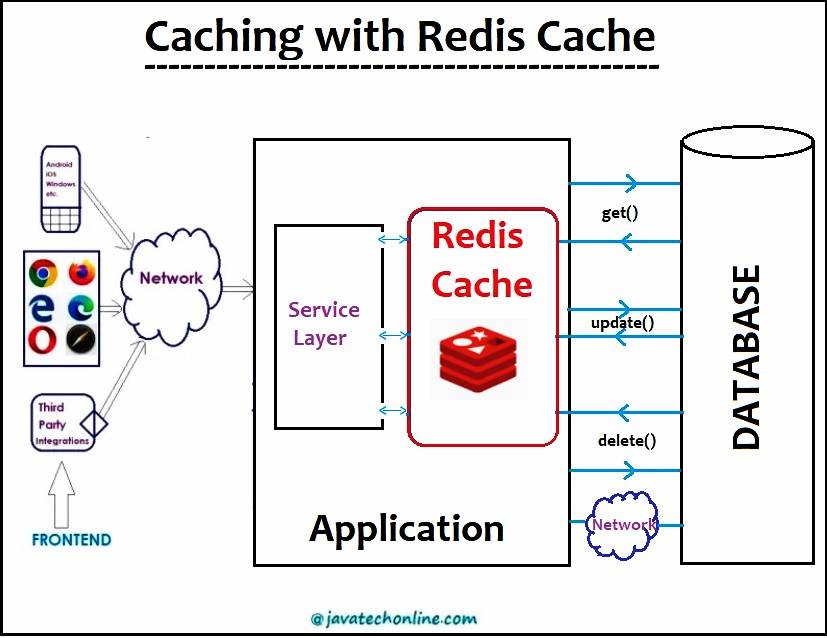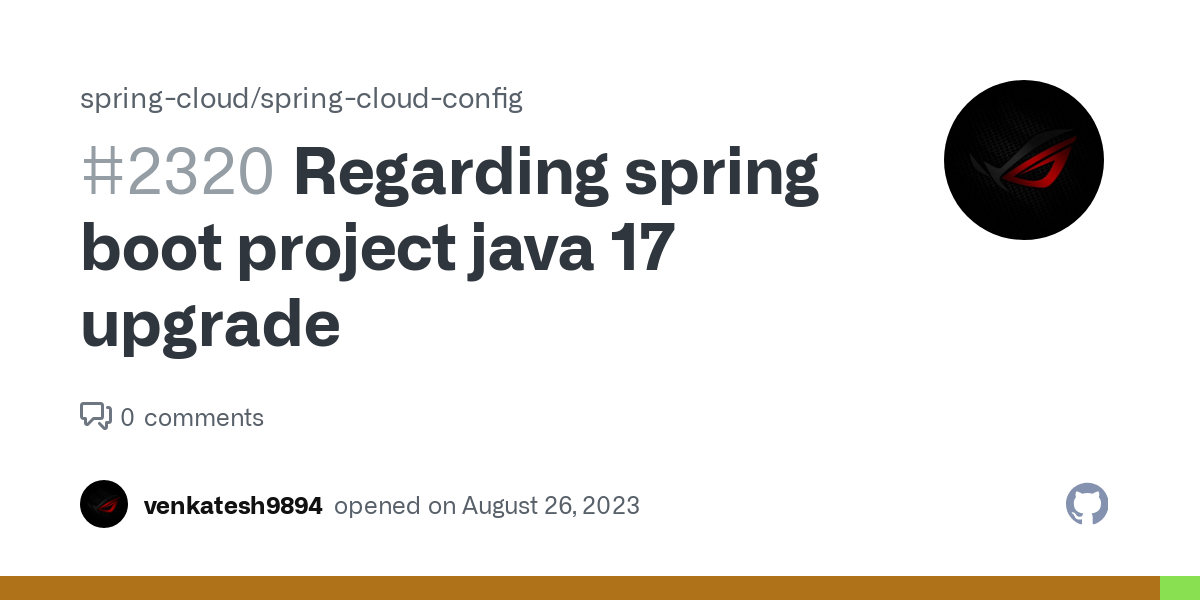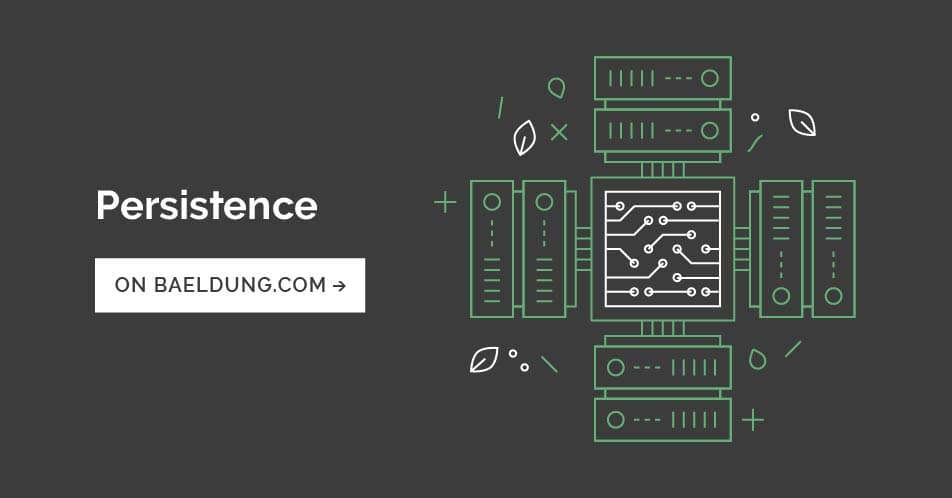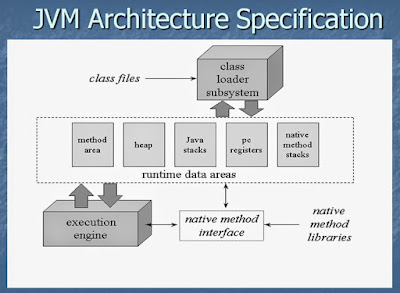when to use reflection in java
when to use reflection in java

I'm happy to help! Here's a detailed explanation of when to use reflection in Java:
What is Reflection?
In Java, reflection refers to the process of examining and manipulating the behavior of classes at runtime. It allows you to access information about the structure and behavior of an object's class hierarchy without knowing the details of that class hierarchy.
When to Use Reflection?
Dynamic Method Invocation: When you need to invoke a method on an object based on some condition or user input, reflection is useful. For example, you might have a set of methods with different signatures and you want to dynamically call one of those methods based on the type of data received. Serialization and Deserialization: Reflection is used by Java's built-in serialization mechanism to serialize and deserialize objects. When an object is serialized, its state is converted into a byte stream, and when it's deserialized, that byte stream is converted back into the original state. This is done using reflection to access the object's fields. Bean Utilities: In a Java-based framework like Spring, reflection is used to introspect the bean definitions (i.e., the configuration) of objects at runtime. This allows for dynamic wiring and manipulation of beans. Dynamic Configuration: When you need to configure an application based on external input (e.g., XML files or user settings), reflection can be used to dynamically set properties, fields, or method invocations. Testing and Mocking: During unit testing, reflection is used to access private methods and fields of classes for which you don't have direct access. This allows you to test the internal workings of classes without having to modify their source code. JSON and XML Processing: Libraries like Jackson and JAXB use reflection to map JSON or XML data into Java objects (and vice versa) based on the structure of those objects. AOP (Aspect-Oriented Programming): When implementing AOP concepts in Java, such as intercepting method calls or injecting aspects into existing code, reflection is necessary to access and modify the behavior of classes at runtime. Dynamic Proxy: In some cases, you might need to create a proxy object that intercepts method calls on another object. Reflection is required to implement this kind of dynamic proxy.Best Practices for Using Reflection
Use Reflection Minimally: Avoid using reflection unless absolutely necessary, as it can lead to performance issues and increased complexity in your code. Avoid Overusing Reflection: Don't use reflection everywhere; instead, focus on specific areas where it provides a clear benefit. Test Your Code: Thoroughly test any code that uses reflection to ensure it behaves correctly under various conditions.In summary, Java's reflection mechanism is a powerful tool for dynamically manipulating the behavior of classes and objects at runtime. While it can be useful in certain situations, it should be used judiciously to avoid performance issues and complexity in your code.
Is Java reflection efficient?

Java Reflection is a powerful tool that allows developers to inspect and manipulate the behavior of Java classes at runtime. However, one of the common concerns about using Reflection is its performance overhead.
In general, Java Reflection can introduce some performance costs due to the following reasons:
Method invocation: When you use Reflection to invoke a method, it involves an additional layer of indirection, which can lead to some slowdown. The JVM needs to perform extra checks and computations to ensure that the correct method is invoked.
Constructor.newInstance()), the JVM needs to perform additional work to allocate memory for the new object and initialize its fields.

That being said, Java Reflection is designed to provide a balance between flexibility and efficiency. The JVM has optimized many aspects of Reflection to minimize performance impacts. For example:
Method invocation caching: The JVM caches method invocations to reduce the number of times it needs to perform the extra checks. Lazy loading: When you use Reflection, the JVM can delay loading classes until they are actually needed, reducing the overhead of class loading. Optimized bytecode: Modern Java compilers and JITs often generate optimized bytecode for methods invoked using Reflection.In general, the performance impact of Java Reflection is relatively minor compared to other factors that affect application performance, such as database queries or network I/O. If you are concerned about performance, it's essential to measure and profile your application to identify the actual bottlenecks rather than making assumptions based on theoretical concerns.
Here are some rough estimates of the performance overhead of Java Reflection:
Invoking a method using Reflection: 1-5 microseconds (µs) Creating an object using Reflection: 10-50 µs Using Reflection to access a field: 1-2 µsKeep in mind that these numbers are highly dependent on the specific use case, JVM version, and hardware. In general, Java Reflection is designed to be efficient enough for most practical applications.
In conclusion, while Java Reflection can introduce some performance overhead, it's often negligible compared to other factors affecting application performance. When designing your application, focus on the actual bottlenecks and measure the impact of Reflection rather than making assumptions about its performance.
